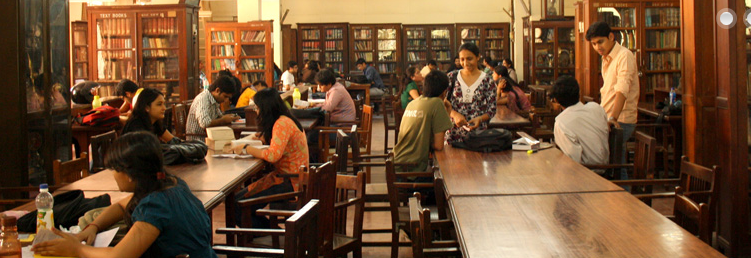‘Study in India’ to attract foreign students
In an effort to make India the global hub of higher education, the governmentwill now woo foreign students. Its ambitious scheme, ‘Study-in-India’, aims to draw 200,000 students by 2023.
After launching several flagship programmes, such as ‘Start-up India’, ‘Digital India’, ‘Stand-Up India’, and ‘Make in India’, the Narendra Modi government has launched a new scheme to attract foreign students across the globe.
The ‘Study in India’ scheme launched jointly by four ministries—Human Resource Development, External Affairs, Home and Commerce—was inaugurated by External Affairs Minister Sushma Swaraj on April 18. The Minister of State for Human Resource Development Satyapal Singh and diplomats from over 30 countries attended the launch.
Study in India projects 160 premier universities and institutes, including IITs and IIMs, as the ideal destination for higher education. India’s higher-education ecosystem comprises more than 40,000 colleges and over 800 universities.
The initiative is similar to the admission exercise conducted by Australia, Malaysia, Singapore and Canada, to improve the share of international students and achieve better global reputation and rankings.
In his video message, Union Human Resources Development Minister Prakash Javadekar said that the ‘Study in India’ initiative will open the gates of prominent Indian educational institutions for foreign students. “India can become a hub of affordable education for foreign students,” he said.
In this regard, he also pointed out how India has launched world-class universities— “The process is on. The list will be declared by next month.”
Quest for Knowledge
Pointing out that the quest for knowledge has always been fundamental to India’s culture and civilisation, Swaraj said: “Study in India will be achieved through systematic brand-building, identifying quality institutions for receiving the students, creating suitable infrastructure and facilitation structures.”
As part of the move, India will target students from countries in South, South-East and West Asia, Africa and the Commonwealth of Independent States that were part of the former Soviet Union.
“Initially, we are targeting 30 partner countries,” said R. Subrahmanyam, higher-education secretary.
There are 15,000 seats for the 2018–19 academic session.
International students will be able to register through the portal and apply in all the 160 institutions in programmes of their choice.
Generous Fee Waiver
To attract talented foreign students, the Government will offer complete fee waiver to the top 25 per cent meritorious applicants, 50 per cent fee waiver to the next 25 per cent applicants and 25 per cent waiver to the next 25 per cent foreign students.
Presently, the government permits a provision of 10 per cent to 15 per cent supernumerary seats for foreign students in higher education. This provision remains largely underutilised across universities and colleges. ‘Study in India’, with a sanctioned budget of Rs 1.50 billion for two years, will promote the country as a top destination for higher education and funnel demand in the direction of the supernumerary seats.
The Study in India programme will provide a one-stop solution by creating a centralised portal www.studyinindia.gov.in. The website will be supported by an App and a Helpline number. The website will provide information on the latest offerings on Indian education. It will also facilitate admissions to the foreign students and help them make informed choices, based on individual aptitudes and career goals.
The implementing agency for Study in India is EdCIL (India) Limited, a state-run enterprise under the HRD Ministry.
Most Affordable
India is the cheapest place for an international student to obtain university education with the annual expenditure coming to just US$ 5,642, while Australia had been ranked as the most expensive at US$ 42,093.
According to a global study, HSBC’s Retail Banking and Wealth Management business in 2014, a student has to pay US$ 581 as university fees in India, while the living cost was USD 5,062, bringing the overall expenditure to US$ 5,642.
Singapore, the US and the UK were the next most expensive of the 15 destinations examined, with average annual costs of more than US$ 35,000, the report said.













